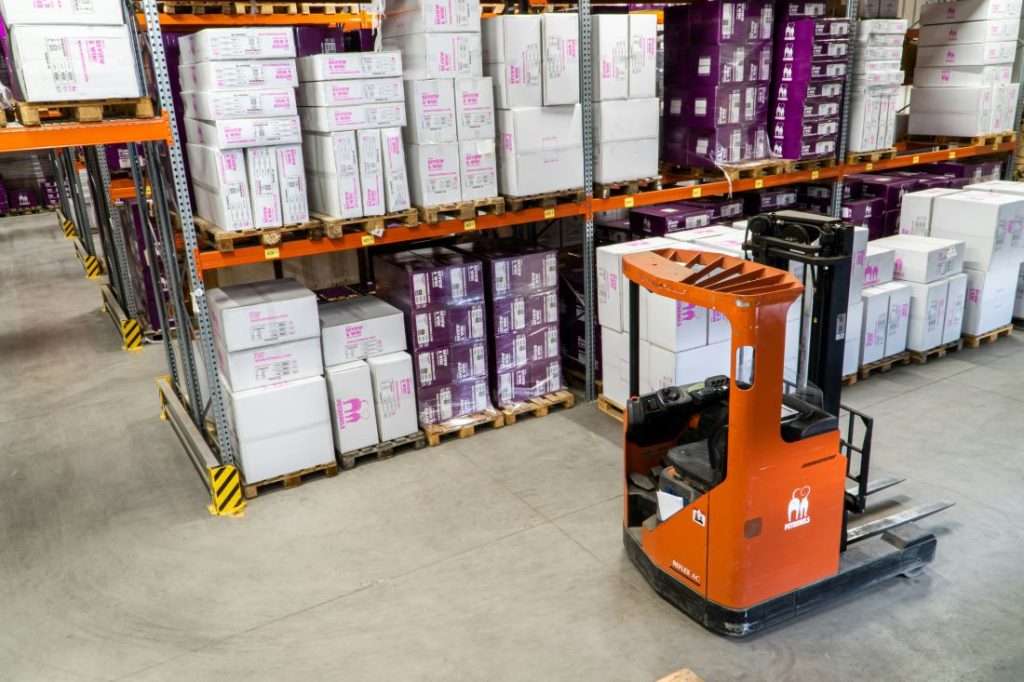Inventory regionalization, the practice of distributing stock across multiple locations in proximity to consumers, is emerging as a potent strategy to counter escalating shipping costs, expedite delivery, and elevate the consumer experience.
The adoption of multi-location inventory management, underpinned by a unified source of truth for order fulfillment and inventory across locations, enhances communication, mitigates supply chain risks, and empowers third-party logistics (3PL) providers to offer a more competitive solution and seize timely market opportunities.
For 3PLs, inventory regionalization curtails shipping costs and times, and bolsters operational flexibility and supply chain resilience. Geographically dispersed fulfillment networks enable 3PLs to swiftly adapt to demand fluctuations and maintain uninterrupted service, irrespective of broader logistics landscape disruptions.
Leveraging Technology for Effective Regionalization
The successful execution of operations hinges on the deployment of the right technologies to manage distributed inventory, facilitate seamless regional transfers, and optimize operations. Technologies such as warehouse management systems, order management systems, and inventory management systems augment operations across multi-location 3PLs or 4PLs, provide a unified system for managing inventory everywhere, and ensure accurate data through integrations with ecommerce platforms and enterprise resource planning systems.
The utilization of advanced analytics and AI for shipment forecasting and inventory optimization, data exchange integration through integration platforms for improved visibility, and real-time tracking for enhanced decision-making simplify multi-regional inventory management. These technologies democratize sophisticated fulfillment capabilities, enabling 3PLs of all sizes to efficiently build and manage a software-enabled fulfillment network.
To initiate inventory regionalization, consider the following best tech practices:
- Data Analysis and Demand Pattern Recognition: Knowledge is power. Teams should commence by identifying optimal locations for regional warehouses by examining the geographical distribution of order patterns. A review of historical sales/shipping data can reveal peak periods and regional preferences. Predictive analytics can assist in forecasting future demand to optimize inventory levels and placement.
- Adoption of Warehouse Technology: Utilize advanced warehouse management systems for real-time visibility and efficient inventory allocation across the network. With observability across the warehouse network, 3PLs can distribute inventory to optimal locations without impacting tracking accuracy.
- Order Routing Automation: Implement automated solutions to fulfill orders from the most suitable location, enhancing order processing speed and accuracy. Automate orders across multiple warehouses, create cross-dock locations, and provide real-time inventory levels at every point along the supply chain.
- Strategic Partnership Development: Geographically diversified 4PLs (which consist of integrated networks of 3PLs) can often provide a deep understanding of cross-border shipping requirements and trade regulations to ensure smooth product movement across regions, and can find and manage the appropriate fulfillment capacity needed for even the most complex product verticals.
For 3PLs, the adoption of inventory regionalization and integration of sophisticated logistics technologies are crucial to meeting consumer expectations for rapid delivery, enhancing operational resilience, and achieving scalability.





